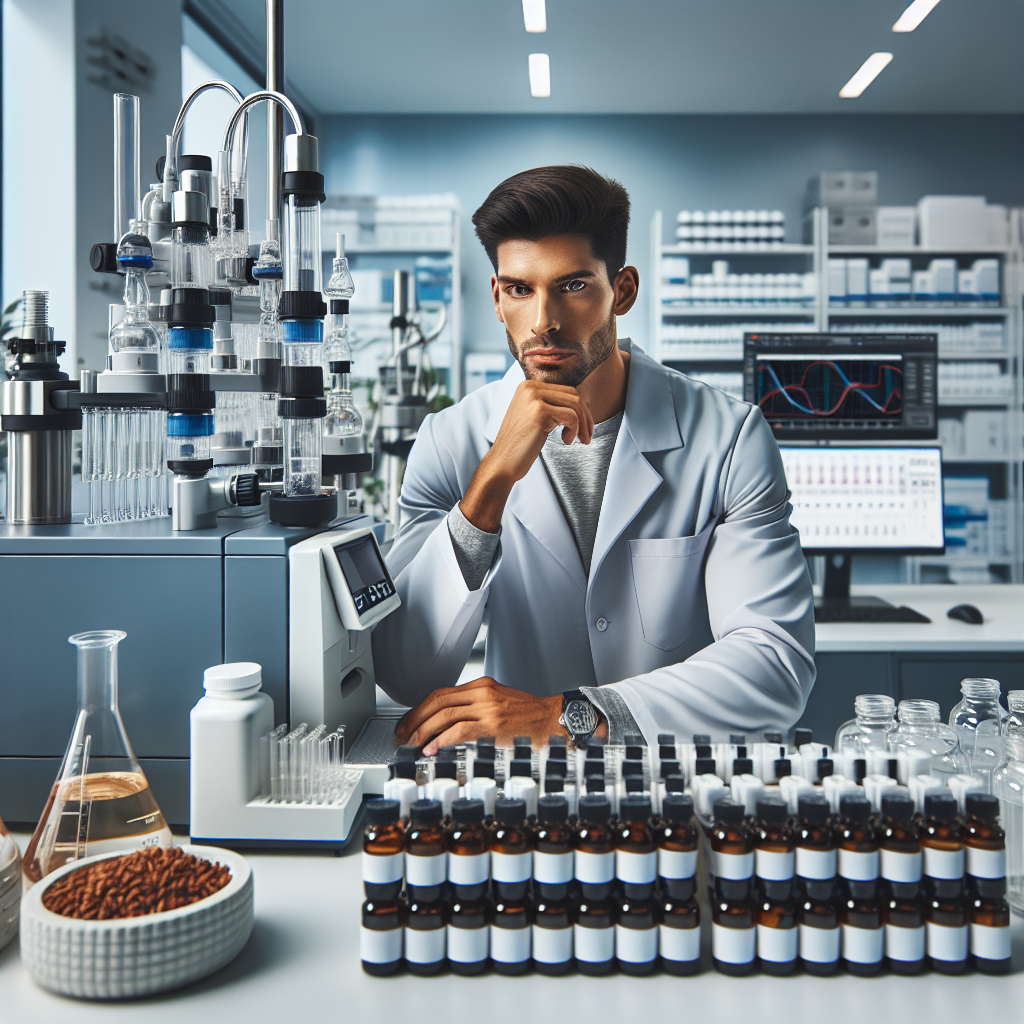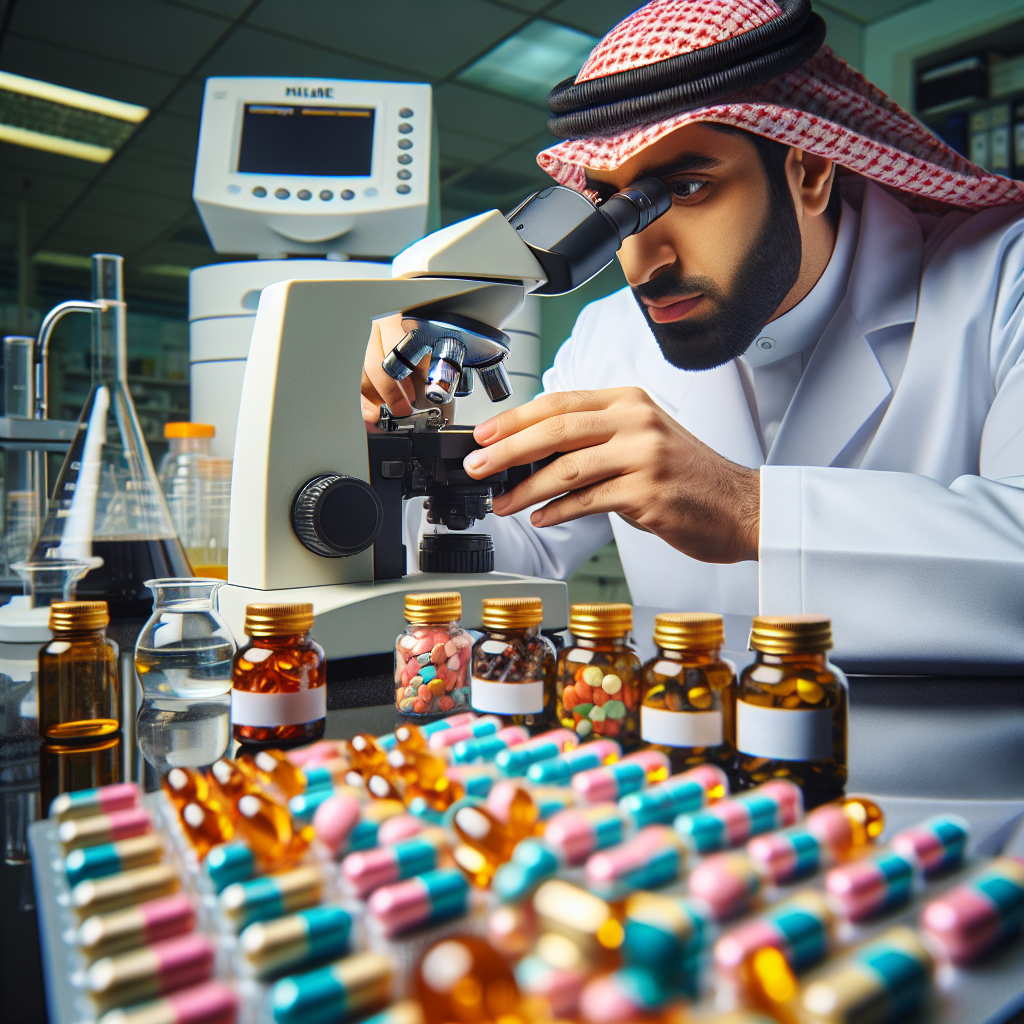In the world of nutritional supplements, what you can’t see can sometimes be the most important factor in product safety. Behind every bottle of vitamins, minerals, or herbal supplements lies a critical, yet often overlooked process that safeguards consumer health: microbiological testing. This invisible guardian stands as the frontline defense against harmful microorganisms that could compromise product safety and efficacy.
When you pick up a supplement bottle, you’re placing trust in the manufacturer that what you’re consuming is not only effective but also free from harmful contaminants. Microbiological testing ensures that this trust is well-placed by detecting and preventing the presence of potentially dangerous bacteria, yeasts, molds, and other microorganisms before products reach consumers.
The significance of microbiological testing cannot be overstated in an industry where products are ingested daily by millions of health-conscious individuals worldwide. Unlike visible contaminants that might be spotted during inspection, microbial hazards remain invisible to the naked eye, making sophisticated testing protocols essential safeguards in modern supplement manufacturing.
Regulatory Frameworks: Setting the Standards for Safety
The supplement industry doesn’t operate in a regulatory vacuum. Bodies like the Food and Drug Administration (FDA) and the United States Pharmacopeia (USP) have established comprehensive frameworks that guide manufacturers in implementing effective microbiological testing protocols.
Under FDA regulations, particularly 21 CFR Part 111, supplement manufacturers must ensure their products are produced in a manner that prevents contamination. These regulations require that test methods are scientifically valid, and documentation of this validity must be maintained. The FDA’s Bacteriological Analytical Manual (BAM) further details the agency’s preferred laboratory procedures for microbiological analyses, providing a roadmap for compliance.
Similarly, the USP has developed specific chapters dedicated to microbiological testing standards. USP <61> and <62> outline microbial enumeration tests and tests for specified microorganisms, respectively, while USP <2022> introduces the latest microbiological testing standards, including next-generation testing technologies and enhanced methodologies.
These regulatory frameworks don’t just exist as bureaucratic hurdles; they represent decades of scientific consensus on what constitutes safe levels of microbial presence in supplements. By adhering to these standards, manufacturers demonstrate their commitment to consumer safety while also meeting their legal obligations.
“Regulatory standards serve as both a minimum threshold and a guide for best practices in microbiological testing,” explains industry experts. “Manufacturers who view these standards as a starting point rather than a ceiling often develop the most robust quality assurance programs.”
Essential Testing Requirements: A Multi-Layered Approach
Effective microbiological testing in supplement manufacturing isn’t a single test but a comprehensive process that spans the entire production journey. This multi-layered approach begins with careful sample selection and extends through raw material testing to final product verification.
Strategic Sample Selection
The integrity of microbiological testing begins with proper sampling techniques. Samples must be collected in a manner that prevents cross-contamination, which could lead to false positives or negatives. This typically involves using sterile collection tools, appropriate containers, and established protocols for handling samples between collection and testing.
The sampling plan must also be statistically valid, ensuring that the tested portion accurately represents the entire batch. This may involve collecting multiple samples from different areas of a production lot, particularly for ingredients or products that might not be homogeneous throughout.
Raw Material Compliance
Before ingredients ever enter the production facility, they should undergo thorough microbiological screening. This preventative approach helps identify potential contamination sources before they can affect the manufacturing environment or final product.
Raw material testing typically includes screening for:
- Total aerobic microbial count (TAMC)
- Total yeast and mold count (TYMC)
- Specific pathogens like Salmonella, E. coli, and Staphylococcus aureus
- Enterobacteriaceae and other indicator organisms
Only ingredients that meet strict microbiological specifications should proceed to production, creating the first line of defense against contamination.
In-Process and Final Product Testing
Throughout the manufacturing process, additional microbiological testing serves as checkpoints to ensure that contamination hasn’t been introduced during production. These in-process tests can identify issues before they affect entire batches, saving time and resources while protecting consumers.
Final product testing represents the last opportunity to verify microbiological safety before supplements reach consumers. These tests confirm that all previous safety measures have succeeded and that the product remains within acceptable limits for microbial presence.
For certain supplement categories, such as probiotics, microbiological testing takes on added complexity. These products intentionally contain beneficial microorganisms, requiring testing methods that can differentiate between intended probiotic strains and potential contaminants.
Microbiological Testing Methods: The Science Behind Safety
Modern microbiological testing encompasses a variety of methodologies, each with specific applications, advantages, and limitations. Understanding these methods helps manufacturers select the most appropriate testing strategies for their specific products.
Traditional Culture Techniques
Despite advances in technology, traditional culture-based methods remain a cornerstone of microbiological testing. These techniques involve growing microorganisms on specialized media under controlled conditions, allowing for their identification and enumeration.
Traditional methods include:
- Pour plate techniques for enumeration
- Membrane filtration for products with antimicrobial properties
- Enrichment cultures for detecting specific pathogens
- Selective and differential media for identifying particular microbial species
While these methods are well-established and widely accepted by regulatory bodies, they can be time-consuming, often requiring days for results. This timeline can create challenges for manufacturers with tight production schedules.
Rapid Microbiological Methods
In response to the time limitations of traditional techniques, rapid microbiological methods have emerged as valuable alternatives in supplement testing. These methods can deliver comparable results in significantly less time, enabling faster decision-making and product release.
Polymerase Chain Reaction (PCR) testing stands at the forefront of these rapid methods. By detecting and amplifying the DNA of specific microorganisms, PCR can identify the presence of pathogens in hours rather than days. Similarly, ATP bioluminescence assays measure adenosine triphosphate (a molecule found in all living cells) to rapidly assess microbial contamination levels.
Other rapid methods include:
- Flow cytometry for rapid cell counting
- Impedance and conductance techniques that detect microbial growth through electrical changes
- Enzyme-linked immunosorbent assays (ELISA) for specific pathogen detection
- MALDI-TOF mass spectrometry for microbial identification
While these methods offer speed advantages, they often require sophisticated equipment and specially trained personnel. Additionally, some regulatory bodies may require validation against traditional methods before accepting rapid techniques for compliance purposes.
Qualitative vs. Quantitative Analysis
Microbiological testing methods can be categorized as either qualitative or quantitative, with each approach serving different purposes in a comprehensive testing program.
Qualitative testing determines the presence or absence of specific microorganisms, particularly pathogens like Salmonella or E. coli. These tests answer a simple but crucial question: “Is this harmful organism present in the sample?” For many pathogens, any detectable presence is unacceptable in finished supplements.
Quantitative testing, by contrast, measures the concentration of microorganisms in a sample. These methods determine whether the levels of general microbial populations (like total aerobic count) fall within acceptable limits. Unlike pathogens, some level of non-harmful microorganisms is expected and acceptable in non-sterile supplements.
A robust microbiological testing program typically incorporates both qualitative and quantitative methods to provide a complete picture of product safety.
The Role of Microbiological Testing in Quality Assurance
Beyond mere regulatory compliance, comprehensive microbiological testing forms an integral part of a larger quality assurance strategy. When implemented effectively, these testing protocols contribute to product consistency, brand reputation, and consumer confidence.
Environmental monitoring within manufacturing facilities complements product testing by identifying potential contamination sources before they affect the product. Regular testing of surfaces, air, water, and personnel helps maintain controlled conditions throughout production areas.
Testing also plays a crucial role in validating the effectiveness of preservation systems in products. Many supplements, particularly liquids and semi-solids, incorporate preservatives to prevent microbial growth during their shelf life. Challenge testing, where products are deliberately inoculated with microorganisms under controlled conditions, verifies that these preservation systems function as intended.
For manufacturers dealing with botanical ingredients, microbiological testing presents unique challenges. Plants naturally harbor microorganisms, and herbal ingredients often have higher bioburden than synthetic components. Specialized testing approaches help distinguish between harmless environmental organisms and potential pathogens in these natural ingredients.
Quality, Transparency, and Empowerment Through Testing
At NutraAeon, microbiological testing isn’t viewed as just a regulatory checkbox but as a fundamental expression of our core philosophy of quality, transparency, and empowerment. As a trusted global partner for nutritional ingredient sourcing, we recognize that the invisible aspects of quality often matter most.
Our approach to microbiological testing exceeds industry standards, implementing rigorous protocols that ensure every ingredient we source meets the highest safety criteria. This commitment to quality begins with careful supplier selection and continues through comprehensive testing at multiple stages in the supply chain.
Transparency in microbiological testing means providing our partners with complete documentation of testing results, including detailed certificates of analysis that verify the safety of every ingredient. This documentation offers manufacturers the confidence they need when formulating premium nutritional products.
By maintaining these exacting standards, NutraAeon empowers forward-thinking supplement manufacturers to create products that stand out in today’s competitive marketplace. Our technical expertise includes guidance on microbiological considerations for different ingredient types, helping manufacturers anticipate and address potential challenges before they arise.
In an industry where consumer trust is paramount, microbiological testing serves as the foundation of that trust. Though invisible to the end consumer, these testing protocols represent one of the most critical investments a manufacturer can make in product quality and brand reputation.
The next time you consider a nutritional supplement, remember that behind that product stands an invisible guardian – comprehensive microbiological testing that ensures what you’re consuming is not just effective but fundamentally safe. For manufacturers committed to excellence, this invisible protection isn’t just good business—it’s an essential expression of their responsibility to consumers who trust in their products every day.


